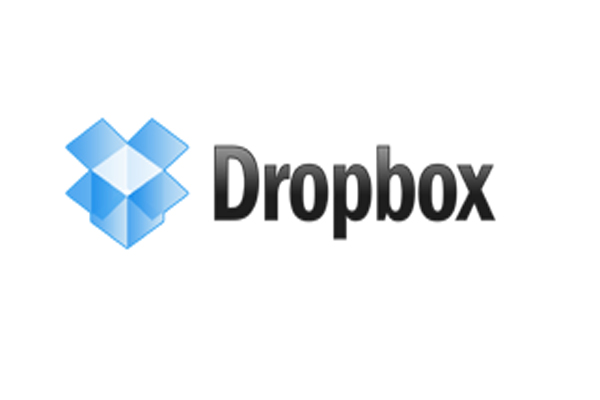Dropbox tries to solve the "Dropbox Problem"
Dropbox has moved to address business concerns about its data privacy practices, but has it done enough to win over IT pros?

Inside the enterprise: Dropbox is one of those brand names that has become synonymous with the service it provides.
Like Hoover or more recently Google Dropbox is not just a company name, but a general term, or even a verb. "I'll just Dropbox it" is as common a phrase in offices as it is among home computer users trying to share pictures, music and other large files over the internet.
It may even be more common in offices than in homes.
Dropbox solves one of those niggling problems of modern office life, especially for knowledge workers.
Email is a poor vehicle for sharing large files; corporate email systems often have a limit of 10MB, or often less, for attachments.
Services such as Sharepoint are complex, and usually require IT to set them up so they can be accessed outside the company - if IT is even willing to allow external access to it.
And no-one really wants to force their co-workers, let alone suppliers and customers, to resort to FTP.
Get the ITPro daily newsletter
Sign up today and you will receive a free copy of our Future Focus 2025 report - the leading guidance on AI, cybersecurity and other IT challenges as per 700+ senior executives
This has created a gap in the market, and it's a gap that was quickly filled by Dropbox and to a lesser extent, Google Drive, and Microsoft's OneDrive. These services all share some core attributes: they are easy to use, work in the cloud, and at least at the basic level, they are free.
What they do not do, though, is provide the rigorous and sometimes rigid security and document control features required by CIOs and compliance officers. The ease of use and consumer focus of these services means doing away with complex passwords, sharing management and account control features of "enterprise" file sharing systems.
This has led CIOs and information security teams to worry that information could leak from services such as Dropbox, either through accident, or design. Easy to use file sharing is a potential goldmine for anyone who wants to take company secrets, and make them available to associates outside the business.
At one level, it is arguably not the responsibility of Dropbox or that of Google or Microsoft to prevent industrial espionage, or prevent the leakage of intellectual property. But the lack of controls in these services has had two results. It has led to the emergence of "enterprise grade" sharing services, of which Box.com is one of the best known. And it has also led some companies to impose outright bans on Dropbox.
The consequence of these steps, though, has been to inconvenience users, either by forcing them to use a more complex platform, or to revert to less effective methods of sharing, such as email.
There is also some evidence that end users have continued to use Dropbox or Google Drive anyway; they have just been accessing them from personal devices, from home, or otherwise under the radar of the CIO.
Dropbox, for its part, has now moved to block some of the leakiest parts of its services, albeit through a business plan which costs 11 per user, per month. The new features include time-limited shared links, passwords for links, and the ability to set view-only permissions for folders. This goes some way to solving the "Dropbox problem", at least for users who are willing to pay.
It remains to be seen whether it will be enough for CIOs to allow colleagues to "just Dropbox" sensitive documents.
Stephen Pritchard is a contributing editor at IT Pro.
-
 Should AI PCs be part of your next hardware refresh?
Should AI PCs be part of your next hardware refresh?AI PCs are fast becoming a business staple and a surefire way to future-proof your business
By Bobby Hellard
-
 Westcon-Comstor and Vectra AI launch brace of new channel initiatives
Westcon-Comstor and Vectra AI launch brace of new channel initiativesNews Westcon-Comstor and Vectra AI have announced the launch of two new channel growth initiatives focused on the managed security service provider (MSSP) space and AWS Marketplace.
By Daniel Todd